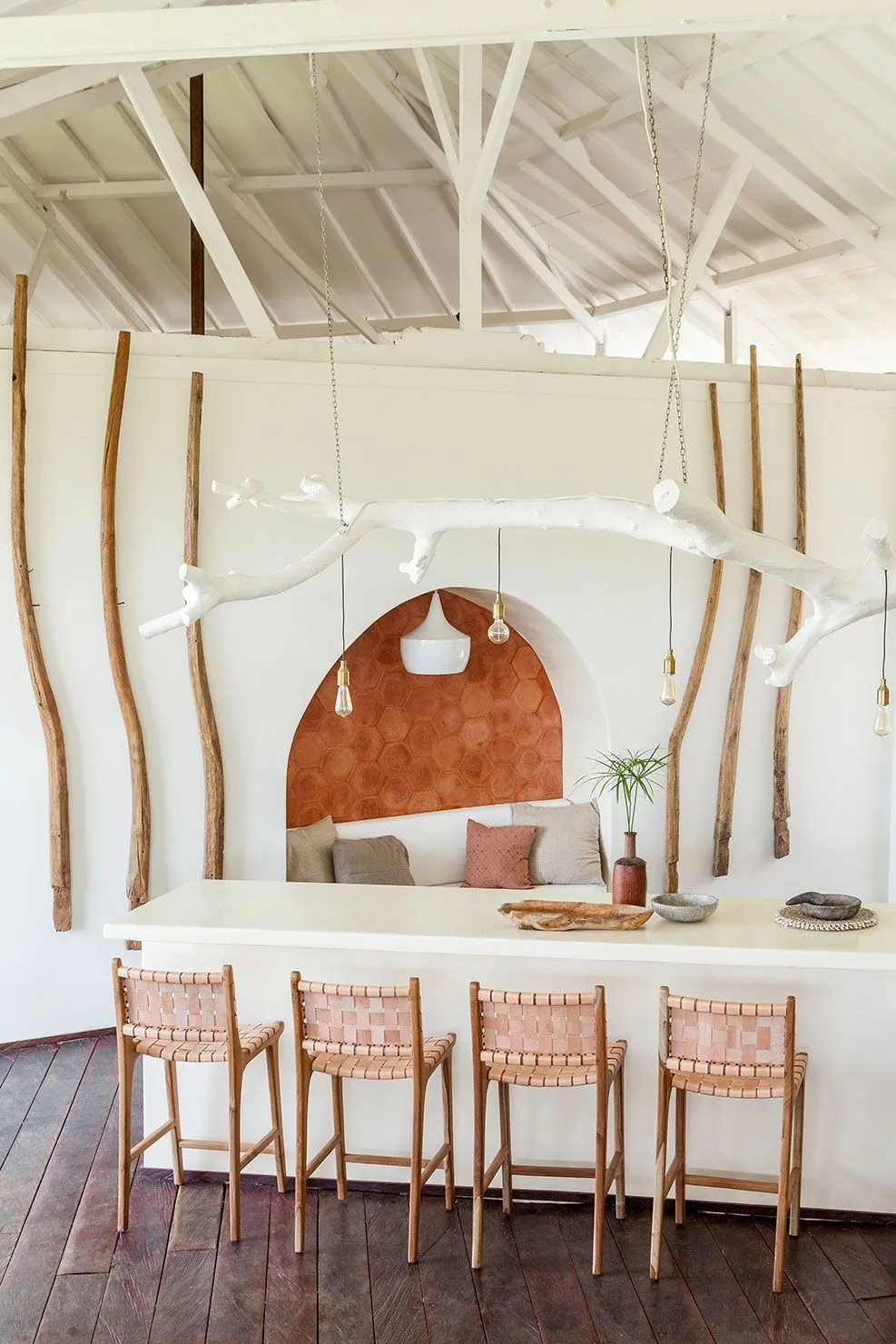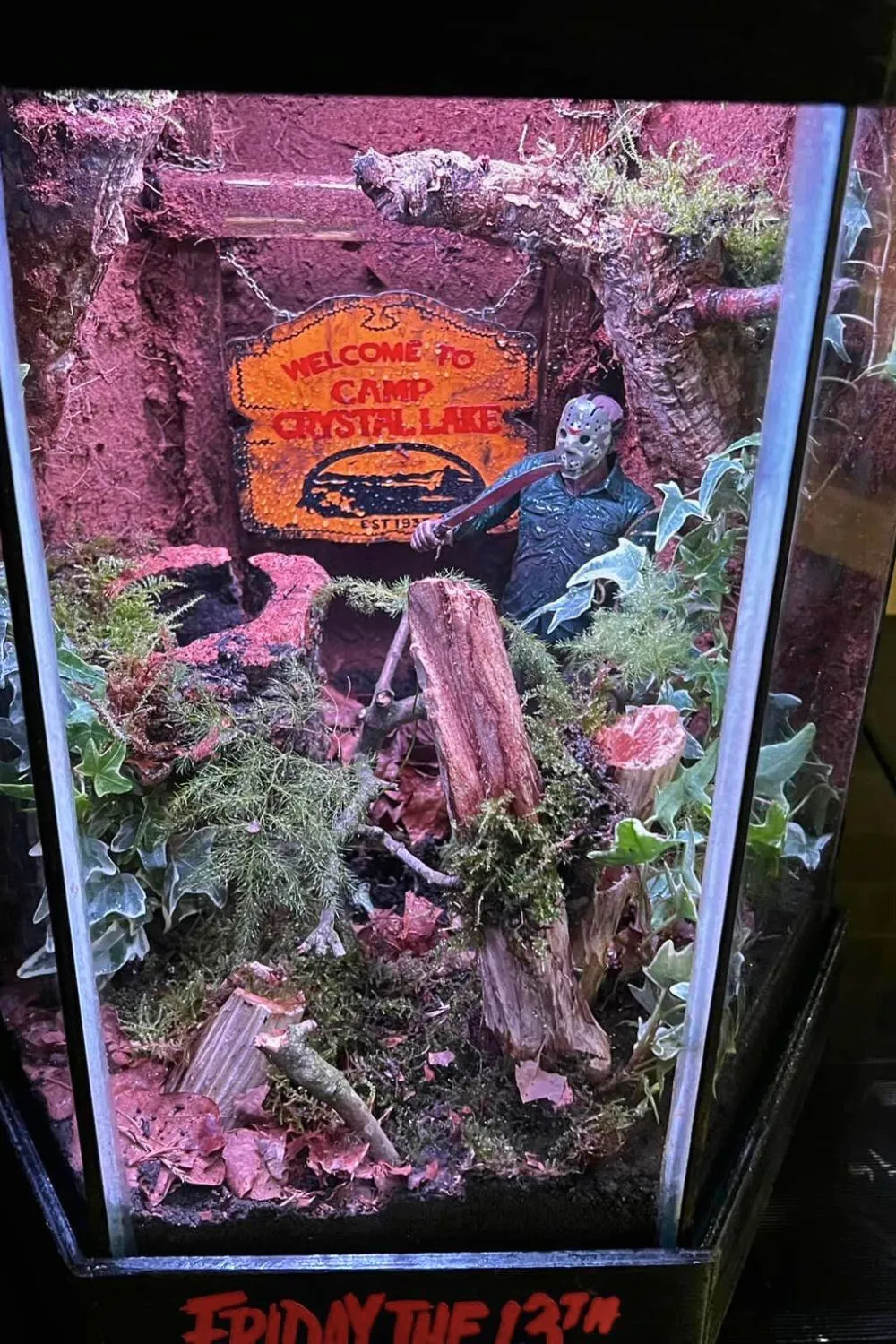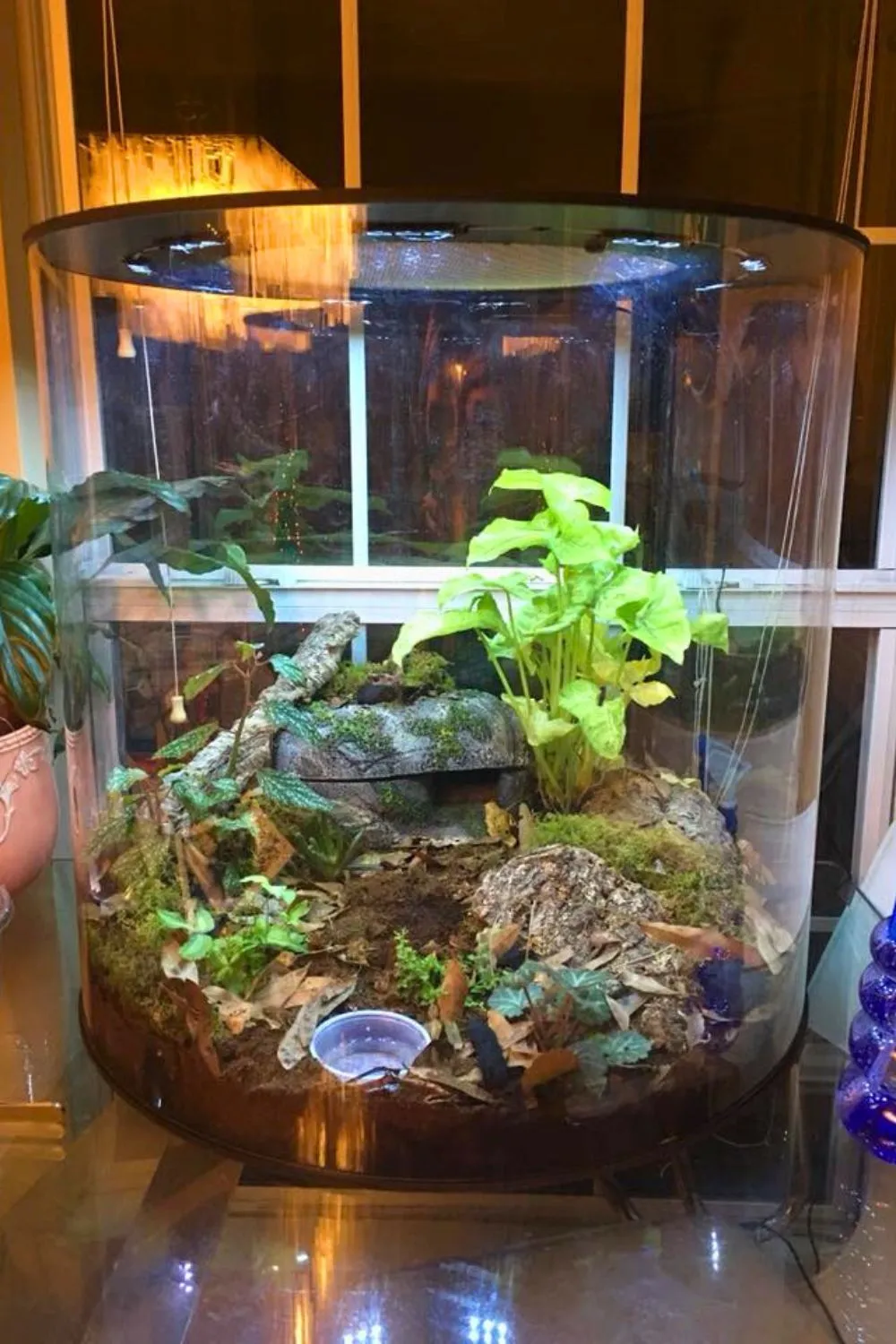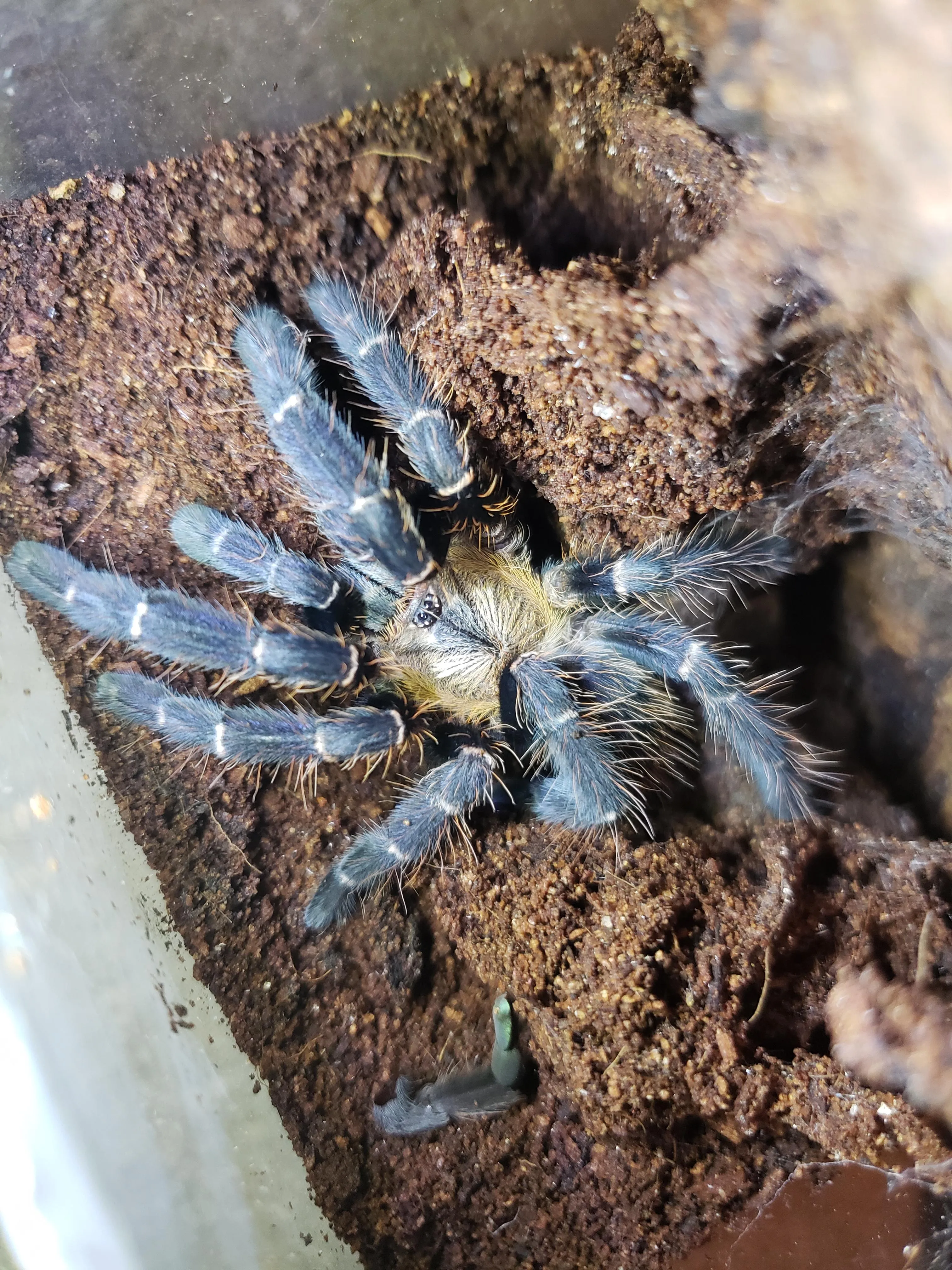Tarantula Enclosure Secrets
Setting up a tarantula enclosure might seem daunting at first, but with the right knowledge, you can create a thriving habitat for your eight-legged friend. A well-designed enclosure is crucial for your tarantula’s health, happiness, and overall well-being. This guide unveils the top 5 secrets to tarantula enclosure success, covering everything from choosing the right size and materials to controlling temperature and humidity. Following these tips will help you create a safe and stimulating environment where your tarantula can flourish. Remember, a happy tarantula is a healthy tarantula!
Choosing the Right Enclosure
The first secret is selecting the right enclosure. The size and material of the enclosure are paramount to your tarantula’s comfort and safety. A proper enclosure will prevent escapes and provide the appropriate living space your tarantula needs to thrive. Consider your tarantula’s size, species, and arboreal or terrestrial nature. For example, a terrestrial tarantula, like the popular Mexican Red Knee, will require more floor space than a vertical arboreal species, such as the Green Bottle Blue. Avoid glass tanks with screen tops, as they can be challenging to maintain appropriate humidity levels. Acrylic or plastic enclosures with secure lids are often preferred. Always ensure that the enclosure is escape-proof, as tarantulas are masters of Houdini.
Enclosure Size Considerations

Enclosure size is crucial. It should be proportional to your tarantula’s size. A juvenile tarantula should be housed in a smaller enclosure to make it easier to find food and to reduce stress. Overly large enclosures can make it difficult for them to locate their prey. As your tarantula grows, you’ll need to upgrade the enclosure size accordingly. The general rule of thumb is to provide a space that is at least twice the tarantula’s leg span in width and length. For terrestrial species, prioritize floor space, while arboreal species need more vertical height to climb and build their webs. Always ensure the enclosure offers enough room for the tarantula to move around and exhibit natural behaviors.
Material Selection Guide
The material of the enclosure impacts its suitability for maintaining temperature and humidity levels. Acrylic and plastic enclosures are excellent choices because they retain heat and humidity better than glass tanks. They’re also lighter and less prone to breaking. Ensure the material is non-toxic and safe for your tarantula. Avoid enclosures made from treated wood, as these can contain chemicals that are harmful to tarantulas. The enclosure should also have secure ventilation to promote airflow while preventing escapes. Consider the accessibility of the enclosure for cleaning and maintenance purposes when making your selection. A well-chosen material is the foundation of a healthy tarantula habitat.
Ventilation and Airflow
Proper ventilation is essential for your tarantula’s well-being. Stagnant air can lead to mold growth and respiratory issues. Adequate airflow helps to regulate humidity and prevent the buildup of harmful bacteria. The enclosure should have a ventilation system, whether it is built-in or created by you. Ventilation should be strategically placed to avoid excessive moisture buildup, which can be detrimental to the tarantula’s health. This balances the needs of your pet and the environment within the enclosure. The correct ventilation promotes a healthier and more comfortable environment for your tarantula. A well-ventilated enclosure leads to a happier and more active tarantula.
Why Ventilation is Crucial

Ventilation is crucial for several reasons. It prevents the buildup of stale air, reducing the risk of respiratory infections. It also helps to regulate humidity levels. Without proper ventilation, humidity can spike too high, fostering mold and bacterial growth. Ventilation also removes any ammonia produced from waste, which is harmful. Additionally, it prevents the enclosure from becoming too stuffy. This is important in maintaining optimal conditions for your tarantula. Good ventilation is a cornerstone of tarantula care. It directly impacts the health and longevity of your pet.
Optimizing Airflow
Optimizing airflow involves the placement of ventilation holes or slots. The ventilation should be designed to allow for air circulation without causing drafts, as drafts can stress the tarantula. The placement of the ventilation depends on the species and the enclosure type. For most terrestrial species, ventilation along the sides of the enclosure, above the substrate level, is sufficient. For arboreal species, ventilation near the top and sides is ideal. Ensure the ventilation is escape-proof, as even small openings can be exploited by a determined tarantula. Regular observation will help you fine-tune the airflow for the best results.
Substrate and Habitat
The substrate forms the foundation of your tarantula’s habitat, providing a comfortable environment for burrowing, hiding, and maintaining humidity. The substrate is more than just bedding; it’s an integral part of the tarantula’s world. The right substrate helps to regulate humidity, absorb waste, and provide enrichment for your tarantula. Choosing the right substrate is essential for creating a healthy and stimulating environment. A suitable substrate will contribute significantly to the well-being of your pet.
Best Substrate Options

Several substrates are suitable for tarantulas. Coconut fiber is a popular choice because it retains moisture well, is readily available, and is relatively inexpensive. Sphagnum moss is another excellent option, especially for maintaining humidity. Peat moss can also be used, but it should be used carefully, as it can dry out quickly. Avoid substrates like wood shavings or cedar, as these can be harmful to tarantulas. The substrate should be deep enough for burrowing species to create their burrows. The depth of the substrate depends on the tarantula’s species and size. Make sure the substrate is clean and free of any chemicals.
Creating a Natural Habitat
Creating a natural habitat involves adding elements that mimic the tarantula’s natural environment. This can include hides, such as cork bark or artificial caves, and live or artificial plants. These elements provide shelter, enrichment, and security for your tarantula. Adding elements helps your tarantula feel secure and helps it exhibit natural behaviors. The goal is to create a space that stimulates the tarantula. Always choose decorations that are non-toxic and safe for your pet. The more natural you make the environment, the healthier and happier your tarantula will be.
Temperature and Humidity Control
Temperature and humidity are critical factors for tarantula health. Tarantulas are ectothermic, meaning they rely on their environment to regulate their body temperature. Maintaining the correct temperature and humidity levels is essential for their metabolism, molting, and overall well-being. Investing in tools to monitor these elements will improve your chances of a successful tarantula setup. Regular monitoring and adjustments will ensure your tarantula lives a long and healthy life.
Monitoring Temperature and Humidity

Use a digital thermometer and hygrometer to monitor the temperature and humidity inside the enclosure. Place the thermometer and hygrometer in a location where they are easily readable. Check the readings daily to ensure they are within the ideal range for your tarantula species. The optimal temperature range for most tarantulas is between 75-85°F (24-29°C). Humidity requirements vary by species, but generally range from 60-80%. Keeping a log of temperature and humidity readings can help you identify any trends or issues with your setup. Consistent monitoring is the cornerstone of effective tarantula husbandry.
Maintaining Optimal Conditions
Maintaining optimal conditions may involve several methods. To increase humidity, mist the enclosure with water, especially during molting. For drier enclosures, use a shallow water dish. The substrate helps regulate humidity. To increase temperature, use a heat lamp or a heat mat, but be careful not to overheat the enclosure. Ensure that the heat source is always regulated by a thermostat. Ensure the heat source does not contact the tarantula directly, to prevent burns. Adjust the settings based on your species’ specific needs. Always prioritize the safety and comfort of your pet. Regularly maintaining the correct levels is crucial.
Decorating and Enrichment
Decorating and enrichment are often overlooked, but they play a vital role in the well-being of your tarantula. Providing appropriate decorations and enrichment items allows your tarantula to exhibit natural behaviors and reduces stress. A well-decorated enclosure not only looks good but also provides the necessary elements for a fulfilling life. Consider the natural behaviors of your tarantula species when planning your enclosure setup. The objective is to keep your tarantula engaged and content.
Essential Decor Items

Essential decor items include hides, climbing branches (for arboreal species), and a water dish. Hides provide shelter and security, allowing your tarantula to retreat and feel safe. Cork bark is a popular choice for hides, offering a natural look and feel. Climbing branches are essential for arboreal species, providing opportunities for climbing and web-building. The water dish should be shallow enough to prevent drowning, yet accessible for drinking. Always ensure all decor items are clean, non-toxic, and won’t harm your tarantula. Consider the space needed for each decor item and the space it will take up inside the enclosure.
Enrichment for Tarantulas
Enrichment can significantly improve your tarantula’s quality of life. Vary the decor and add features like live plants and varied substrates. Rearranging the decor occasionally can also provide mental stimulation. Avoid any items that could be toxic or that could potentially cause injury. Enrichment helps to prevent boredom and keeps your tarantula active. Observe your tarantula’s behavior and make adjustments as needed to provide the most engaging environment possible. Remember, a stimulated tarantula is a happy tarantula. This ensures the well-being of your pet.
